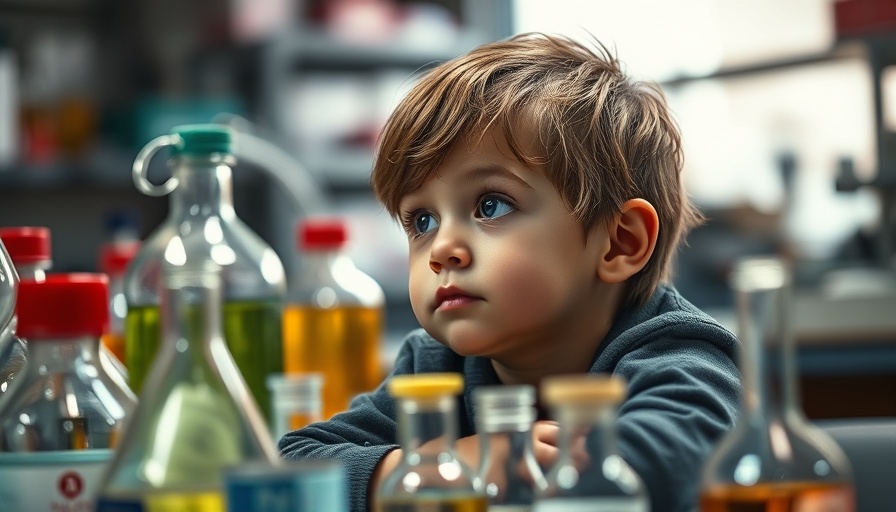
Introduction: The Hidden Epidemic Affecting Our Children
Chronic diseases are increasingly becoming the norm among children, and alarming research suggests that exposure to environmental toxins is a significant driver of this health crisis. Over the past several decades, artificial chemicals have infiltrated our daily lives, often without rigorous safety testing. As highlighted in recent studies, children are particularly vulnerable to these toxins, which can lead to asthma, cancers, and neurodevelopmental disorders. This article delves into the grave implications of chemical exposure and offers insights into preventive measures.
The Vulnerability of Our Youth
Researchers emphasize that children's developing brains, less robust immune systems, and unique detoxification processes make them especially susceptible to environmental hazards. According to the U.S. Environmental Protection Agency, children’s blood-brain barriers are more permeable, allowing harmful substances easier access to their bodies (Reference Article 1). This compounded risk underscores the urgency of examining and mitigating chemical exposure in our environment.
Pervasive Chemicals: A Far-Reaching Issue
Today's children encounter various chemicals daily, including perfluoroalkyl substances (PFAS), pesticides, and phthalates. These ubiquitous toxins are found in household items, from food packaging to personal care products, significantly impacting children’s health (Reference Article 1). The implications of these chemicals are grave, with studies linking them to a multitude of chronic conditions. The widespread use of these substances has raised concern among caregivers and health professionals alike, calling for immediate attention to potential reforms.
Empowerment Through Awareness: What Parents Can Do
Parents play a crucial role in shielding their children from chemical exposure. Simple lifestyle adjustments can significantly reduce risks. For instance, opting for fresh, organic foods can minimize pesticide exposure, while proper ventilation can help mitigate indoor air pollutants (Reference Article 2). Furthermore, becoming informed about product ingredients and advocating for better regulatory practices are vital steps in protecting children’s health.
Future Perspectives: Looking Ahead for Our Young Ones
The growing body of research concerning the deleterious effects of environmental chemicals highlights the urgent need for mothers and fathers to advocate for safer products and practices. If we prioritize a healthier environment today, we can help build a healthier future for our children. Policymakers must act to establish stricter regulations to safeguard children's health, as preventing exposure now can avert a future crisis.
Conclusion: A Call to Action
As we confront the reality that chronic diseases in children are on the rise, understanding the role of chemical exposure becomes essential. Collective actions—from families to communities—are crucial in addressing the hidden threats to our children's health. Engaging with local initiatives focused on cleaner environments and supporting legislation aimed at reducing harmful chemicals is essential in revitalizing our children's health.
 Add Row
Add Row  Add
Add 



Write A Comment